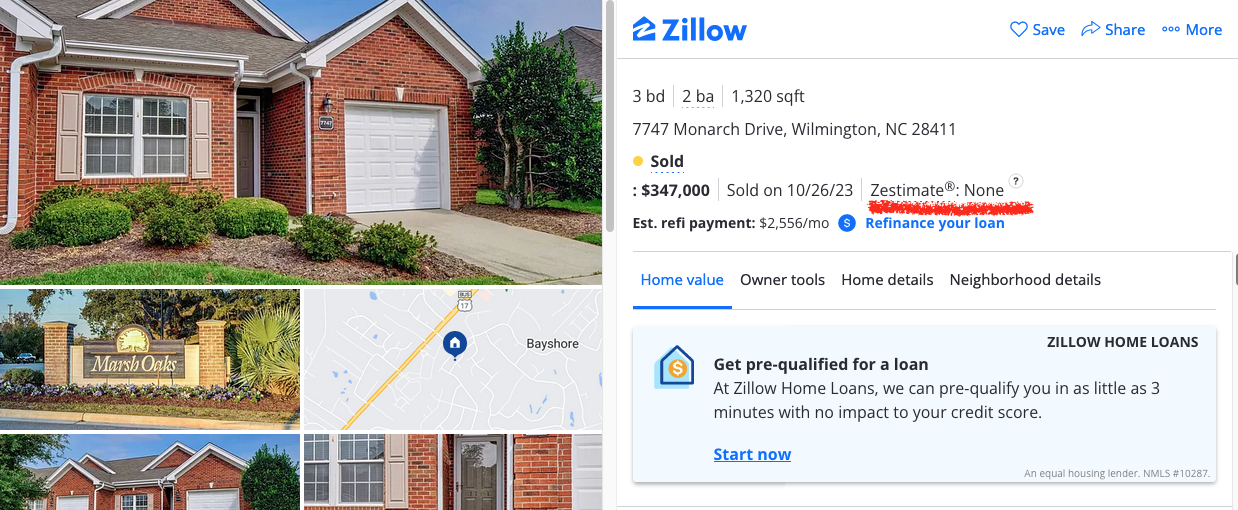Who Are Zillow’s Competitors?
Exploring Zillow’s Competitors in the Real Estate Technology Landscape
In the ever-evolving world of real estate technology, Zillow has emerged as a prominent player, revolutionizing the way people buy, sell, and rent properties. However, Zillow is not alone in this competitive landscape. Numerous other companies have also made their mark, offering innovative solutions and services to cater to the diverse needs of consumers in the real estate market. It is interesting to delve into Zillow’s competitors, exploring their strengths, weaknesses, and unique features.

- Redfin: Redfin is one of Zillow’s most direct competitors, often dubbed the “discount real estate brokerage.” Redfin combines a powerful online platform with local real estate agents to provide buyers and sellers with a seamless experience. The company’s focus on affordability, coupled with its advanced technology, allows users to search listings, schedule tours, and even make offers online. Redfin’s comprehensive data, including its proprietary Redfin Estimate, gives users valuable insights into property values.
Strengths:
- A unique “Redfin Now” service that allows homeowners to sell their homes directly to Redfin.
- User-friendly interface with intuitive search features.
- Full-service brokerage offering a range of services, from listing to closing.
Weaknesses:
- Limited coverage compared to Zillow’s extensive market reach.
- Fewer property listings in certain regions.

- Realtor.com: As the official website of the National Association of Realtors (NAR), Realtor.com is a credible and widely recognized platform in the real estate industry. The platform boasts accurate and up-to-date listings, making it a go-to source for both buyers and sellers. Realtor.com also offers a comprehensive suite of tools and resources, including a home value estimator and market trends.
Strengths:
- Direct access to MLS listings, ensuring accurate and reliable data.
- Collaboration with licensed real estate agents, providing users with expert assistance.
Weaknesses:
- The user interface may not be as modern and user-friendly as some competitors.
- Less emphasis on advanced technological features compared to Zillow.

- Trulia: Acquired by Zillow Group in 2015, Trulia remains one of Zillow’s former competitors. Trulia focuses on providing valuable insights into neighborhoods and communities, helping users make informed decisions when searching for a property. The platform’s visual heat maps and detailed neighborhood information set it apart from others.
Strengths:
- In-depth neighborhood data, including crime rates, school ratings, and local amenities.
- A wide array of rental listings for those looking to rent rather than buy.
Weaknesses:
- Since its acquisition by Zillow, Trulia’s independence has been questioned by some users.
- Limited focus on agent services and direct interactions.

- Apartments.com: While Zillow’s primary focus is on residential real estate, Apartments.com caters exclusively to renters and property managers. The platform simplifies the apartment-hunting process, allowing users to search for rentals based on various criteria such as price, location, and amenities.
Strengths:
- Comprehensive database of rental listings.
- Targeted exclusively towards renters, providing a specialized experience.
Weaknesses:
- Limited coverage of other real estate segments, such as home buying and selling.
- Less emphasis on agent services and interactions.

- RedfinNow: An extension of Redfin, RedfinNow provides homeowners with a streamlined way to sell their homes quickly. It offers a competitive cash offer for properties, enabling sellers to avoid the traditional listing and showing process.
Strengths:
- Expedited home selling process.
- Cash offers and potential for a quick sale.
Weaknesses:
- Limited coverage compared to more traditional real estate marketplaces.
- May not be suitable for all types of properties or sellers.

6. Local Brokerage: Competing with a giant like Zillow as a local brokerage can be challenging, but there are several strategies that local real estate agents, teams, and brokerages use to differentiate themselves from the “tech giants” to attract clients.
In addition to the advantages created by partnering with a top brokerage, like Keller Williams and a real estate technology platform like PLACE, Inc., a local brokerage has specific strengths and weaknesses when compared to Zillow.
Strengths:
- Local Expertise: A local brokerage has an advantage in terms of intimate knowledge of the local real estate market. Local real estate agents can provide insights, trends, and personalized advice that Zillow is not be able to offer on such a granular level.
- Personalized Service: Building relationships and providing personalized, one-on-one service can be a significant selling point. Clients may appreciate the personal touch and attention they receive from a local brokerage.
- Face-to-Face Interaction: Being physically present allows real estate agents to meet clients in person, show properties, and build trust through direct interactions.
- Networking: Establishing strong relationships within the local community facilitates referrals and word-of-mouth marketing, which can be powerful tools for a local brokerage and give their clients a great source of experts for everything from lawn service and HVAC repair, to pet care and restaurant recommendations.
- Flexibility: Smaller brokerages often have more flexibility to adapt to market changes, offer customized services, and implement new strategies quickly.
Cons:
- Marketing Budget: Zillow has a substantial marketing budget, which allows them to reach a wide audience. Competing on a marketing level might be challenging for a local brokerage with limited resources.
- Technology and Tools: Zillow offers advanced technology tools, such as their online platform and apps, which can be challenging to replicate for a smaller brokerage.
- Brand Recognition: Zillow is a well-known brand nationally, and building a strong brand presence as a local brokerage can take time and effort.
- Marketplace Dominance: Zillow’s marketplace dominance can make it harder for local brokerages to gain visibility and compete for online leads.
Conclusion
The real estate technology landscape is teeming with competition, and Zillow is just one player among many. Each of its competitors brings something unique to the table, whether it’s advanced technology, accurate data, a focus on specific segments, or innovative selling solutions. As the industry continues to evolve, these competitors will drive innovation, benefiting consumers by providing a diverse range of options to meet their real estate needs. Whether you’re a buyer, seller, or renter, exploring the offerings of Zillow’s competitors can help you make informed decisions in the dynamic world of real estate.











